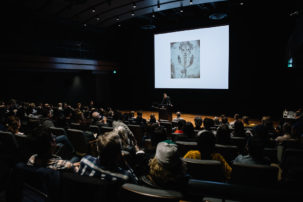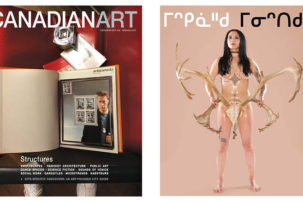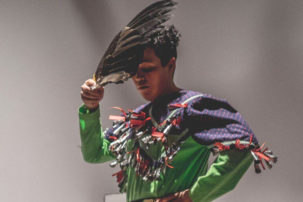You’ve got a spiffy new portfolio under your arm, and you’re about to head out into the world to start your career as a visual artist. Before shoving your work in front of every curator and programming committee you’ve ever heard of, consider this advice from Renato Vitic, the director of Truck Contemporary Art, an artist-run centre in Calgary.
Know Yourself
“There are so many people applying, and the applications that stand out are the ones that are concise, well-written and clear in their objectives. Sit down and really think about your work and how it relates to contemporary discourses… We’re interested in very focused and complete work. We look at it and ask ourselves, ‘Is this something that can happen in our space, and is this work engaging contemporary ideas that are of interest to our members?’”
Know Your Audience
“The idea that you can just throw out a generalized application to every centre doesn’t necessarily work all of the time. Really look at the place you’re applying to. Does your work fit with their mandate or their type of space?… When Truck puts out thematic calls, we often find that people just submit a generalized package to us. That will get you nowhere. When we’re asking for something specific and we’re getting something that’s peripheral to what we’re asking for, it has a negative element to it.”
Follow the Guidelines
“Guidelines are there for a reason. Often it’s to streamline our process, because we get hundreds of submissions per year for eight spots.”
Keep an Open Mind
“We’ll present group exhibitions or exhibitions of multiple artists. Sometimes we’ll see a submission that has an interesting dialogue with other work that has been submitted, and we’ll put those artists together—so be open to that possibility. That’s an opportunity to show your work. The solo show is nice, but there are other possibilities out there.”
Have the Right Skills
“Volunteer at centres like ours or at art schools, which often have gallery spaces for students. Get involved. Meet professional artists who are installing work and assist them… I think that the more art you see, the broader your view of the world will be—and that will make your work stronger. Get out there, look, and don’t be afraid to be flexible in your practice.”









